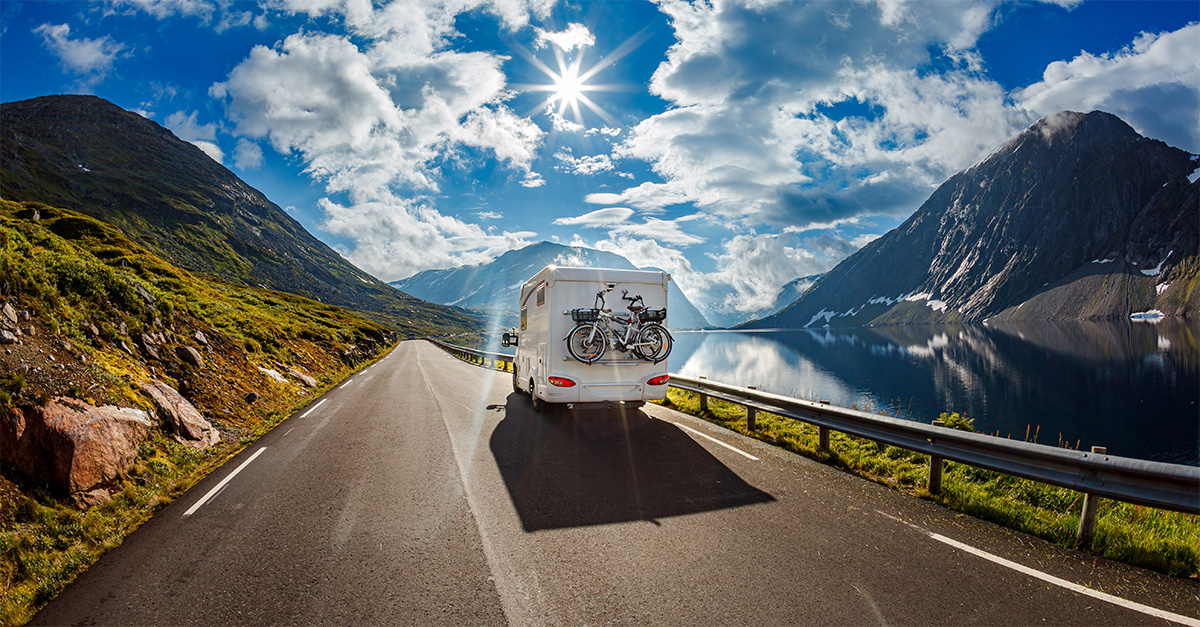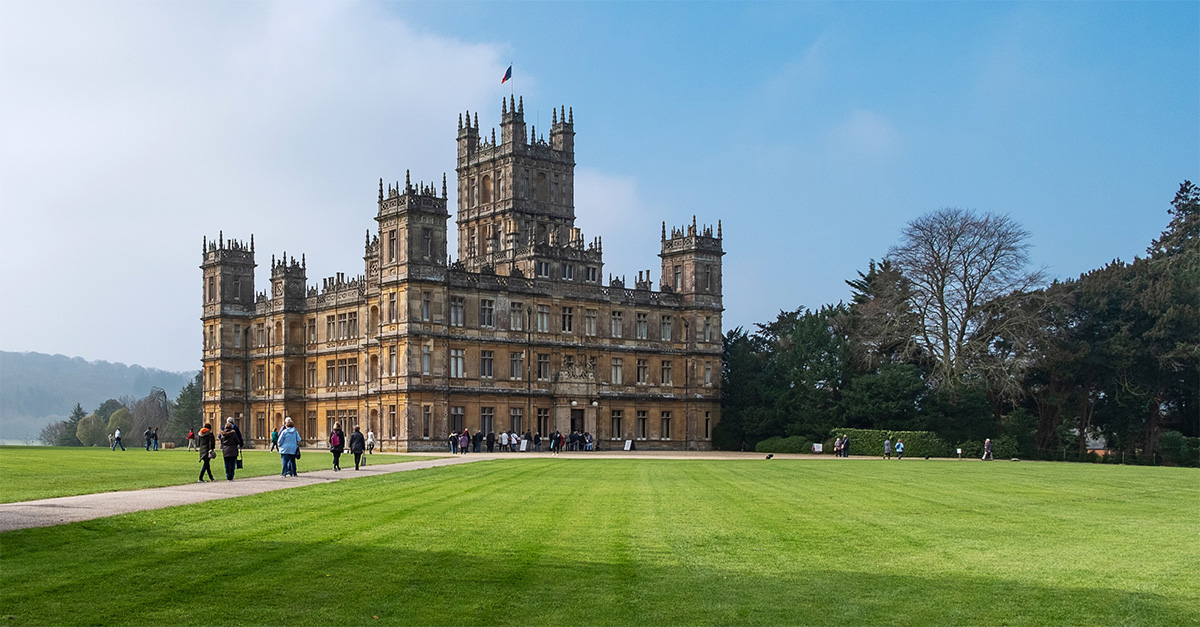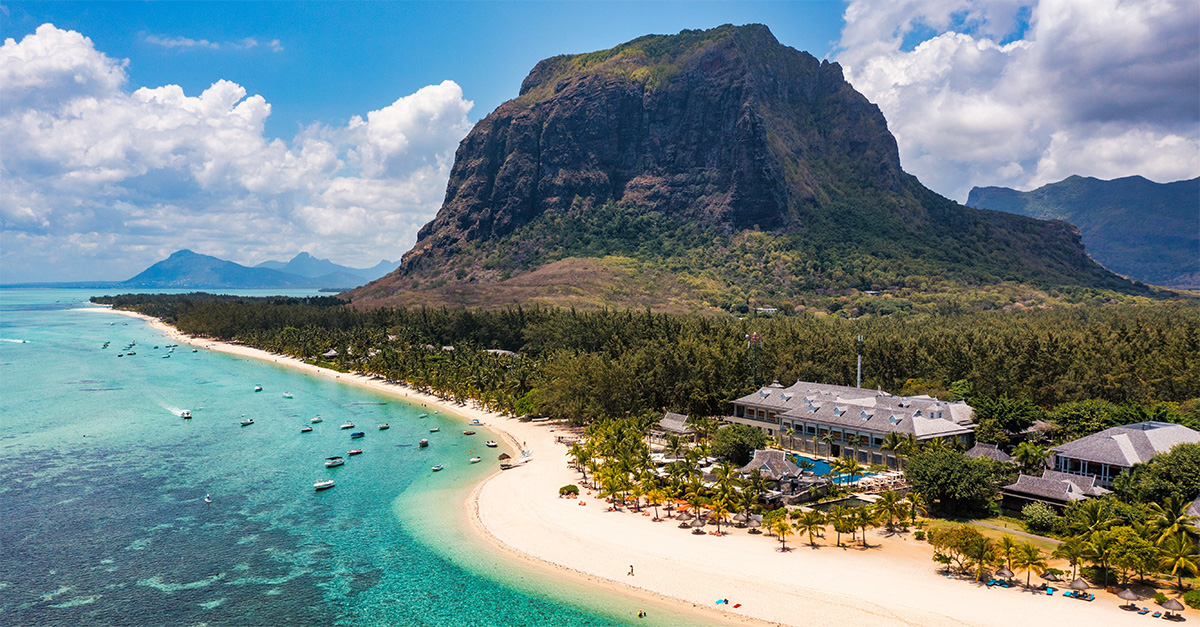Credit: Region of Peloponnese
Meera Dattani explores the Peloponnese peninsula in southern Greece
Like this and want more details? Click here to download and save as a PDF.
It’s not every day the gateway to the Underworld appears on an itinerary. But if it was going to be anywhere, it seems apt that it’s in the Peloponnese region, a land of Greek legends and ancient sights.
At Cape Tenaro, the most southerly tip of mainland Greece, a stone cave denotes the Temple of Poseidon, and a half hour walk across the rocks leads to the lighthouse and a sea cave that is allegedly the mouth of Hades, the gateway to the mythical afterlife.
This is one of many highlights of the Mani, the middle of three mini-peninsulas jutting south of the Peloponnese; the others are Messinia to the northwest and Laconia to the east. The region’s ‘must-sees’ are countless, but its size – at 8,300 square miles, it really is about the size of Wales – means focus is key, as mountain ranges and winding roads can lengthen seemingly short drives. Direct flights to Kalamata operate in season, while off-season, it’s a manageable three to four-hour drive from Athens.
Once known as Morea, after the Greek word ‘mora’ for mulberry leaf, whose shape the Peloponnese resembles, it counts legendary Olympia, the ancient cities of Mycenae, Mystra and Epidaurus, the fortress town of Monemvasia and rural Arcadia among its highlights.
Its natural beauty is hard to overstate – a landscape of olive groves and orange trees, sandy beaches and quiet coves, where deep valleys and majestic mountains make driving a dream, and likeable towns such as Nafplio, Pylos and Kalamata are excellent stops.
Mani
The jewel for many is the Mani, the Taygetus mountains running through it and Tuscan-style tower houses a familiar sight. These defensive structures tell the region’s story, remnants of the feudal wars that continued from the 15th to 19th centuries during the Ottoman occupation of Greece. In the village of Kitta, once home of the powerful Nicliani clan, one tower complex has been transformed into heritage hotel Citta dei Nicliani.
Vathia, further south, also has an impressive complex and the desolate but beautiful terrain, with original stone mule paths and mountain trails, makes it popular with walkers.
The fishing village of Gerolimenas, near Cape Tenaro, is a popular spot for lunch and sundowners, while north of Kitta the impressive caves in Pirgos Diros can be accessed via a short boat trip on an underground lake.
Mani’s main town, Aerópolis, is an atmospheric place with cafes, bars and a smattering of shops, while nearby is the characterful fishing village Limeni. Further up the peninsula, seaside towns such as Stoupa, Agios Nikolaos and Kardamili are summer favourites.
Come springtime, the landscape is coloured by wild flowers and fruits, some of which finds its way into the cuisine, such as wild cherry compote for breakfast or mountain dill on fresh sea bass. Autumn marks the start of the olive harvest, a key period for one of the Peloponnese’s biggest industries – taking home Kalamata olives and olive oil is highly recommended.
Kalamata may be best known for its supersized olives, but its lively harbour and marina, and excellent restaurants and bars, make it a good stop for clients. Hotels include the beachfront Elite City Resort and the central Rex Hotel in one of Kalamata’s oldest neoclassical buildings.
About 15 miles north of Kalamata is the rather remote and often-overlooked site of Ancient Messini, one of Greece’s best-preserved ancient cities. Dating back to 369BC, its amphitheatre, Agora square and imposing stadium are impressive, and ongoing excavations promise further exciting discoveries.
Messinia
Like the Mani, neighbouring province Messinia is not short on sights or beaches. Its history is characterised by several wars including the Battle of Navarino in 1827, with many a castle to explore such as Neokastro in the town of Pylos, where cafes line the arcaded streets.
The ancient site of Nestor’s Palace is also nearby. Further south, the sprawling castle complex of Methoni, south of Pylos, dominates the town while across the peninsula past the popular beach resort of Finikounda, a scenic mountain drive to Koroni is rewarded by fine views from the fortifications above the town and a harbour lined with restaurants.
The west coast of rural Messinia has been somewhat transformed by the opening of Costa Navarino in 2010. The vision of local boy made-good as a shipowner and businessman Captain Vassilis, his long-standing dream was to give back to his homeland in a way which maintained Messinia’s natural beauty and traditions and created work for locals.
The result is the vast, upscale, sustainable resort of Navarino Dunes with two hotels, The Westin and The Romanos, a Luxury Collection Resort, its own beach, numerous facilities and a strong emphasis on local customs such as the olive harvest, vineyard visits, cookery lessons and philosophy walks led by scholars.
The natural beauty of Messinia is always close at hand. Close to Costa Navarino is Gialova Lagoon, a large wetland popular with migratory birds, with self-guided walking trails and wildlife-spotting hides. Within the reserve is the much-lauded Voidokilia Beach, its semi-crescent of sand a vision at sunset and worth the bumpy ride.
The truth is, there’s always that sense of going off the beaten track in the Peloponnese, but that’s what makes it so irresistible.





